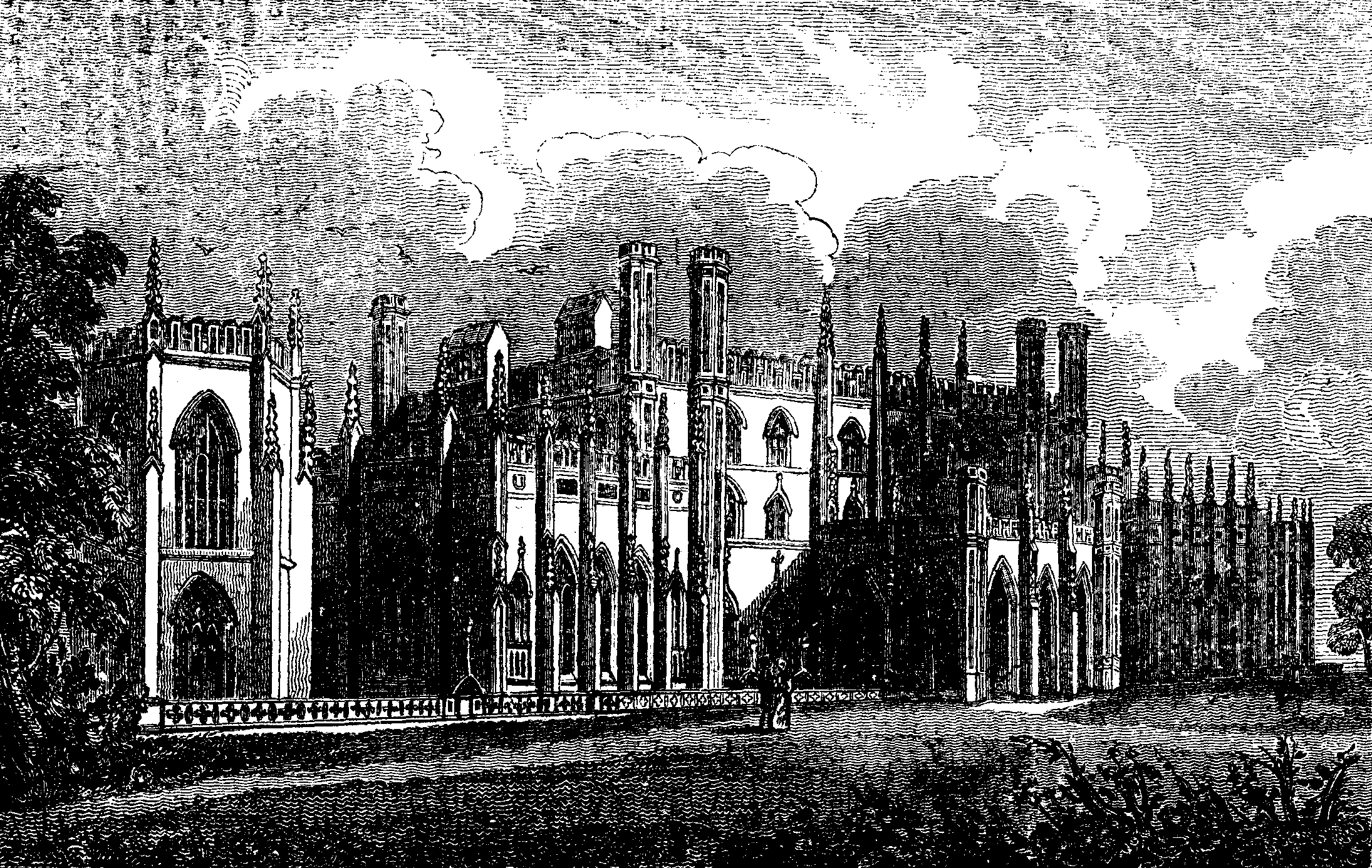THE MIRROR OF LITERATURE, AMUSEMENT, AND INSTRUCTION.
[NO. 321.] SATURDAY, JULY 5, 1828. [PRICE 2d.]
EATON HALL, CHESHIRE,
The Seat of the Rt. Hon. Earl Grosvenor.

This mansion is a princely specimen of Gothic architecture;and is in every respect calculated for the residence of its noblepossessor, whose taste and munificence in patronizing the FineArts are well known to our readers. Nevertheless, it is worthy ofspecial remark, that not only is the name of GROSVENORconspicuous in this patronage, but his lordship has furtherevinced his love of art in the construction of one of the mostsplendid buildings in the whole empire,—the present mansionhaving been completed within a few years.[1] Here thenoble founder seems to have realized all that the ingenious SirHenry Wotton considered requisite for a man's "house andhome—the theatre of his hospitality, the seat ofself-fruition, a kind of PRIVATE PRINCEDOM; nay, to thepossessors thereof, an epitome of the whole world."
[1] At this moment, Earl Grosvenorhas in progress a splendid gallery for the reception of hissuperb collection of pictures, adjoining his town mansion, inGrosvenor-street. This is one of the few "Private Collections" towhich, through the good taste and courtesy of the proprietor, thepublic are admitted, on specified days, and under certainrestrictions. The nucleus of Earl Grosvenor's collection, was thepurchase of Mr. Agar's pictures for £30,000; since which ithas been enlarged, till it has at length become one of the finestin England. In the drawing-room at Eaton are, Our Saviour onthe Mount of Olives, by Claude Lorraine, which is the largestpainting known to have been executed by him; and A Port in theMediterranean, by Vernet. In the dining-room, Rubens withhis Second Wife; by himself; and The Judgment ofParis, a copy, by Peters, after Rubens. In the dressing-roomof the state bed-room, David and Abigail, also by Rubens.Over the ornamented chimney-pieces of the hall are, West'sDissolution of the Long Parliament, and The Landing ofCharles the Second.
Eaton is situated about three miles to the south ofChester, on the verge of an extensive park, thickly studded withfine old timber. The present "Hall" occupies the site of the oldmansion, which is described as a square and spacious brickbuilding erected by Sir Thomas Grosvenor, in the reign of WilliamIII. The architect was Sir John Vanbrugh, who likewise laid outthe gardens with straight walks and leaden statues, in the formalstyle of his age. In the reconstruction, the fine vaultedbasement story of the old Hall was preserved, as were also theexternal foundations, and some subdivisions; but thesuperstructure was altered and entirely refitted, and additionalapartments erected on the north and south sides, so as to makethe area of the new house twice the dimensions of the oldone.
The style of architecture adopted in the new Hall is that ofthe age of Edward III, as exhibited in that Parthenon of Gothicarchitecture, York Minster; although the architect, Mr. Porden,has occasionally availed himself of the low Tudor arch, and theforms of any other age that suited his purpose, so as to adaptthe rich variety of our ancient ecclesiastical architecture tomodern domestic convenience. Round the turrets, and in variousparts of the parapets are shields, charged in relievo with thearmorial bearings of the Grosvenor